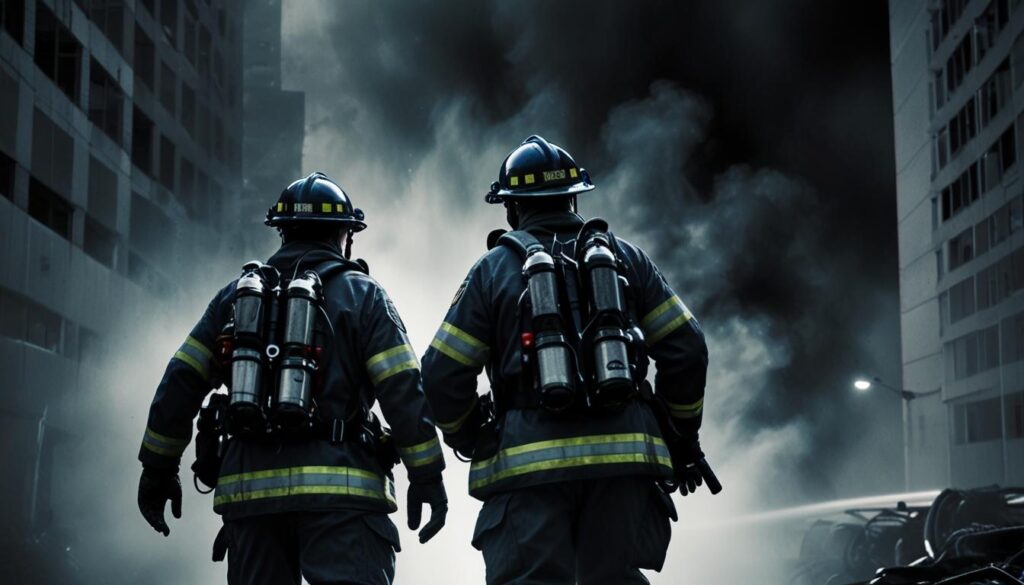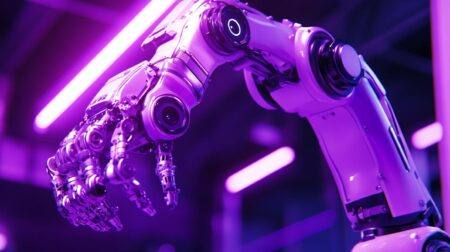Discover how generative AI is reshaping fire service training, from accelerating research processes to crafting bespoke training materials. Explore the potential applications and crucial considerations for harnessing this technology effectively.
Potential Uses of Generative AI in Fire Service Training
Generative AI is making significant strides in streamlining fire service training. Here are four key applications that can benefit fire departments:
-
Saving Time: Generative AI can expedite research and information gathering. For instance, firefighters can input prompts such as “Write 200 words on the evolution of fire apparatus” to quickly obtain relevant data without extensive manual searching.
-
Brainstorming: This technology aids in overcoming creative blocks when planning training sessions. By entering prompts like “What are 10 knots that a firefighter should know?” instructors can receive useful ideas to structure their training modules effectively.
-
Creating Outlines and Rough Drafts: Once a training topic is identified, generative AI can assist in developing detailed outlines and drafts. A prompt such as “Build an outline for a 15-minute drill on rope rescue knots” enables the generation of structured content tailored to specific training needs.
-
Content Creation: Generative AI tools, including ChatGPT, DALL·E 3, and Canva, can produce diverse training materials such as handouts, infographics, and quiz questions. For example, a prompt like “Build a handout for a training session on ground ladder operations” can yield immediate and usable resources.
Cautions and Considerations
While AI serves as a neutral tool, it demands critical review. Fire instructors and officers must validate AI-generated content for accuracy and relevance to ensure it meets their department’s specific training requirements. It’s crucial to adapt this information ethically and with professional integrity.
Conclusion
Generative AI offers promising enhancements for fire service training through scenario generation, dynamic exercises, virtual simulations, and more. The key lies in responsible utilization and critical assessment to optimize its benefits in preparing firefighters effectively.










